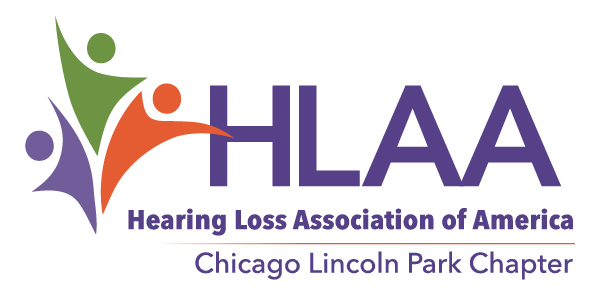The Hearing Loss Association of America advocates for equal access for approximately 48 million Americans with hearing loss. We work with industry and government to expand access to mainstream and assistive technologies, enforce existing disability laws, regulations, and standards to impact the lives of people with hearing loss. HLAA promotes self-advocacy and empowerment of people with hearing loss to ensure equal opportunity in the areas of telecommunications, employment, health care, education, and community life.
The mission of HLAA is to open the world of communication to people with hearing loss through information, education, support, and advocacy. HLAA achieves its mission by working diligently to achieve the following ten key long-term goals through our public policy and advocacy initiatives. In addition, we encourage the use of best practices by hearing health care professionals during the assessment and treatment of hearing loss. HLAA also supports vigorous enforcement of current local, state, and national disability and human rights laws that include provisions for effective communication.
10 Key Goals and Outcomes
- Policymakers and the public recognize that hearing is critical to healthy living and that hearing loss impacts all aspects of life. As such, hearing health care providers are knowledgeable about hearing loss, and hearing healthcare is included in all aspects of health screening and health maintenance.
- Hearing aids, cochlear implants, and aural rehabilitation are affordable and accessible and covered by the Medicare, Affordable Care Act, and third-party payers.
- Affordable and accessible hearing health care along with appropriate consumer choice, education, and transparency is provided to all who need it.
- Public and private venues, including all types of public transportation, are communication-accessible through technology such as hearing loops, FM, infrared, captioning, and other technologies.
- All education and entertainment media (television, Internet video programming, and movies) meet the highest quality captioning and audio quality standards that ensure equal access, full understanding, and enjoyment by consumers.
- Consumers have a comprehensive choice and access to captioned and hearing-aid-compatible (HAC), high-fidelity, landline phones, and mobile devices.
- Consumers are actively involved in the design and development of emerging hearing assistive technology.
- Hearing assistive technology (HAT) products are compatible and interoperable regardless of brands through open-source wireless technology.
- Emergency preparedness communication systems are accessible for people with hearing loss and first responders are knowledgeable about the needs of persons with hearing loss.
- Workplaces are communication accessible and welcoming to people with hearing loss.

